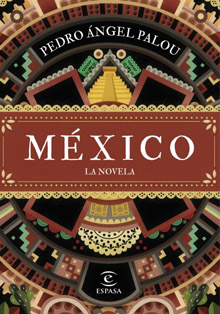The Embassy of Colombia exhibits at the Centro Cultural Gabriel García Márquez the exhibition Cultural Diversity, a dialogue between three artists and the Arkhé archive, which highlights the importance of the contributions made by indigenous and Afro-descendant peoples in the construction of Colombian identity.
The Cenro Cultural Gabriel García Márquez began a new stage of opening to the public as an artistic meeting point with the aim of becoming a democratic space that shares new approaches, new ways of working and new discourses around four thematic axes: cultural diversity, feminism, sustainability and peace.
The inaugural exhibition on diversity includes three Colombian artists living in Spain, selected through a public call, who dialogue with some photographic and historical pieces belonging to the Arkhé Archive. The artistic proposals presented bring together narratives, thoughts and feelings that reveal an intercultural, pluri-ethnic and multicultural Colombia, using fabric as an analogy:
Victoria Eugenia García wishes to make visible the values and contributions of cultural diversity and presents an offering to the spiritual fathers and mothers of the Gotsezhi community, El Encanto, in order to preserve their living memories through weaving as an ancestral knowledge;
Vivian Rodríguez seeks to exalt the richness of diversity and its contribution to the country through the recognition of our ancestors and their cosmovisions, legitimising our history of different identities united and woven by love and respect for nature; and
Camilo Rozo constructs, through his photographs, as a travelling artist of the 19th century would do, visual landscapes of diverse realities thanks to the traces that he captures with his camera and that weave a different map of Colombia.
In this exhibition, weaving is not only a valuable craft activity that synthesises (in its types of embroidery, geometric shapes and colours) different Amerindian aesthetic and cultural traditions, but also the warp in a territory wounded by war: weaving as a possibility of healing wounds (like the surgeon who stitches the violated skin, here the artists do it with the territory) and as a metaphor for horizontal, collaborative and networked work. From the subjective dimension of the artist, weaving is also a meditative act that allows the artist to become aware, to reflect sensitively and, as an ultimate goal, to achieve personal and collective healing. Undoubtedly, our aim is to make this subjective dimension of the weaving artist reverberate in the visitor.







